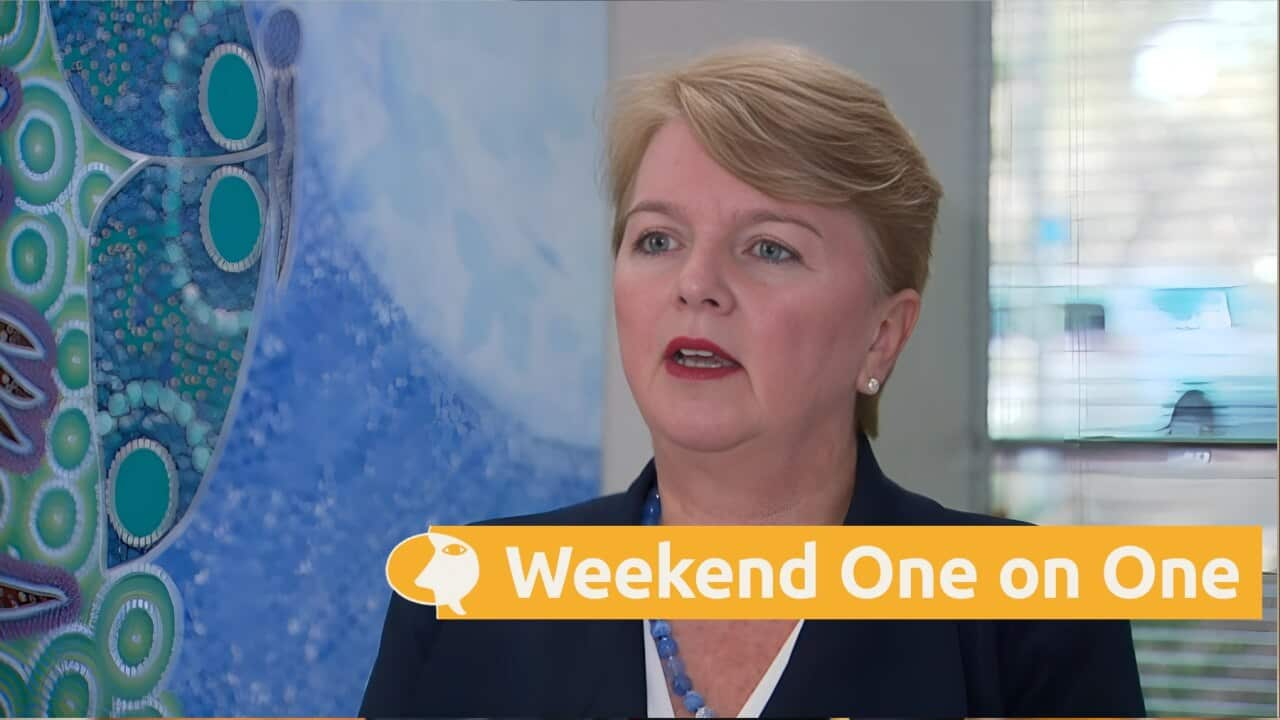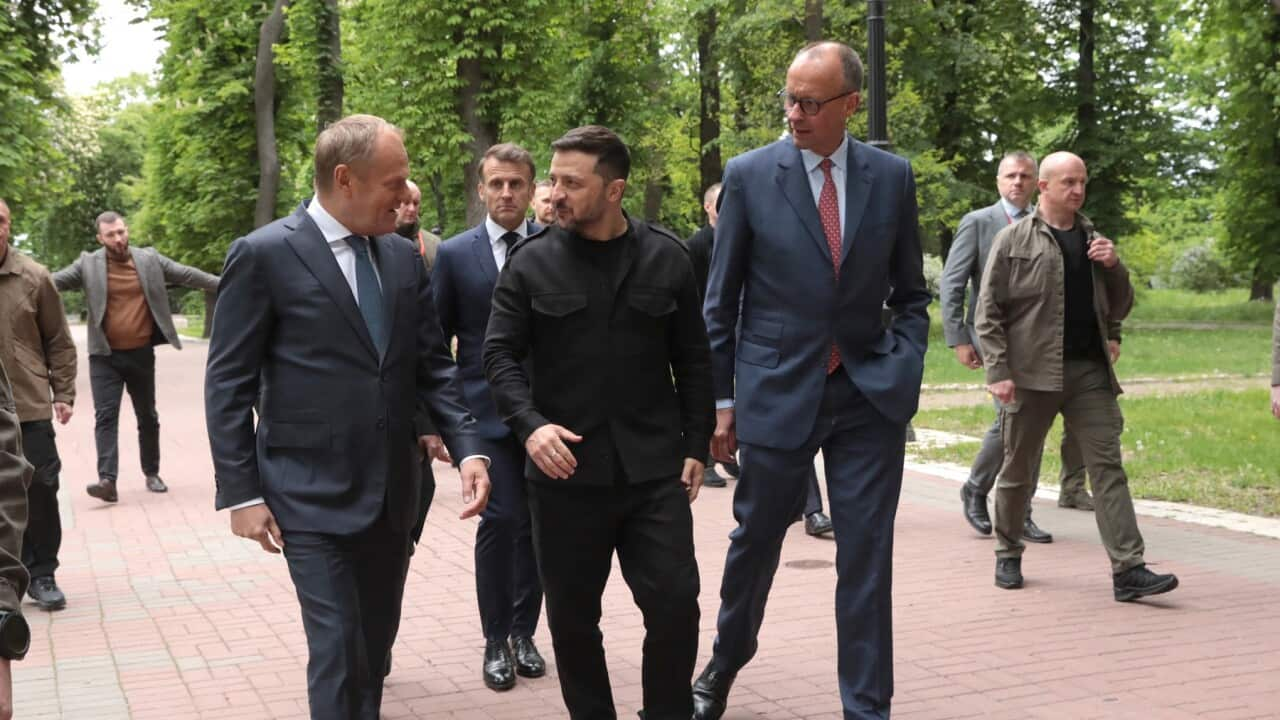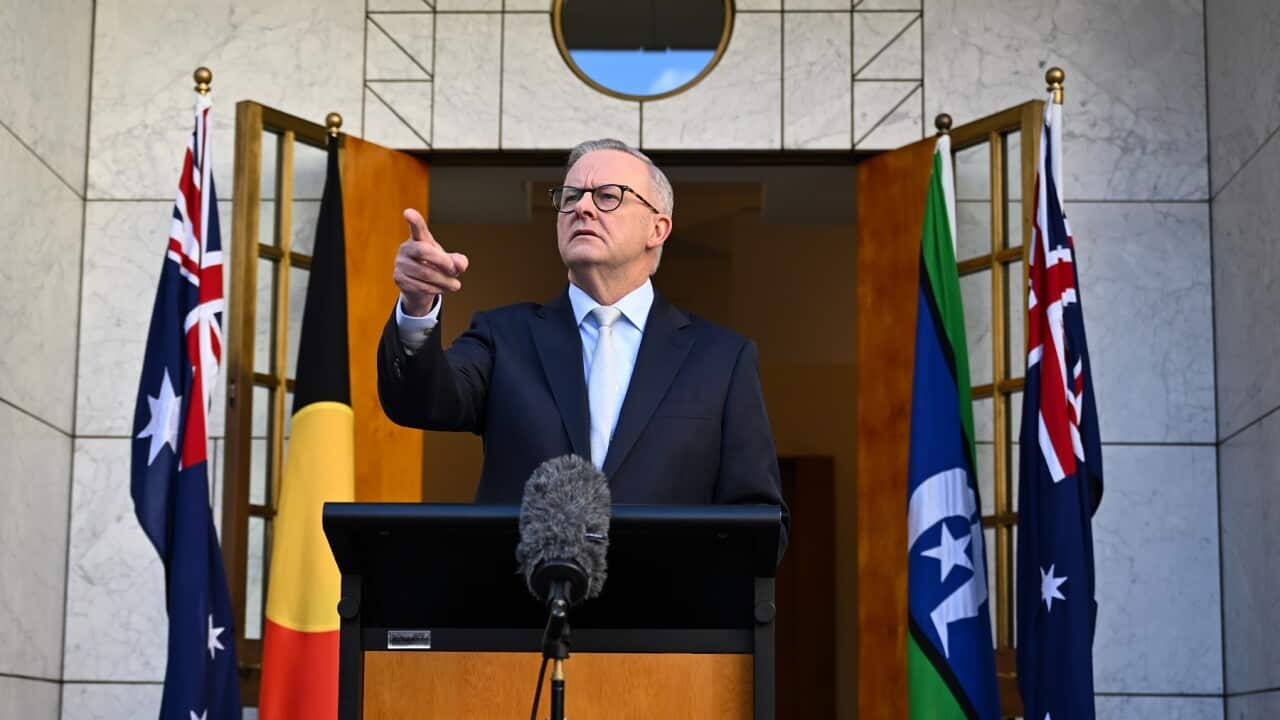TRANSCRIPT
After 12 years of spiritual leadership over the Roman Catholic Church, Pope Francis has died at the age of 88.
His death has triggered a mourning period which involves centuries-old rites, some dating back to ancient Rome.
The date of both the funeral and burial will be decided by the Pope's camerlengo, which administers the property and revenues of the Holy See.
The funeral is likely to be held in St Peter's Square four to six days after the death.
It will trigger a nine-day mourning period called the 'Novendiale'.
Professor of Liturgical Studies and Sacramental Theology, Clare Johnson, explains.
"They're official days of mourning where masses of suffrage or masses of intercession are prayed each day. So, it's a novena of nine days where the Pope is remembered specifically on each of those days. The funeral itself will be dominated by red, which is the colour of mourning. The challenge of course with celebrating these masses within the season of Easter is that it's a season of joy. So, we've got this kind of contrast between joy and sorrow."
The Pope had approved funeral protocols for himself last year.
In typical Franciscan tradition, he opted to cut some of the papal funeral traditions and to simplify some rituals.
As part of that, his body is to be laid in a single coffin of wood and zinc in the Santa Marta chapel.
"Previously the Pope would've been buried in three coffins. So, one coffin nested in another coffin, nested in another coffin. Pope Francis has simplified that so that he will be buried just in one zinc lined wooden coffin. He also changed some of the protocols so that there would not be visitation in his private chapel prior to the visitation that will take place – the public visitation in St. Peter's Basilica where there are three days of visitation."
He has also elected to buried at Santa Maria Maggiore in Rome, rather than the crypt of St. Peter's Basilica in the Vatican – a choice Professor Johnson says speaks to his humble character.
"He found that that was a place that he liked to pray before and after he would go on any of his official visits. So, that place obviously has a close affinity for him and really the only thing he wants on his tomb is his name 'Francisco'. I think it's well in keeping with his character, he began his papacy by not wanting to stay in the papal apartment by himself. He wanted to be with the people and I think that's partly what he's done in wanting to be buried in Santa Maria Maggiore as well."
The College of Cardinals will oversee day-to-day business during a period called the 'interregnum' – during which much of the central Church administration grinds to a halt.
That will continue until the election of a successor, which involves a secretive voting ritual.
A papal conclave – involving around 120 cardinals – will begin in the Vatican's Sistine Chapel between 15 and 20 days after the death.
Among them: Melbourne-based Cardinal Mykola Bychock, Australia's highest-ranking Catholic.
Dr Miles Pattenden, program director at The Europaeum and a regular commentator on Pope Francis' papacy, explains the process.
"The form and procedure of the conclave has been developed over the course of about 1,000 years, starting back with a papal bull from 1059 In Nomine Domini which said that, you know, the cardinals alone are the men who have the right to elect the pope, but the procedure developed in the subsequent centuries: from the 13th century came the idea that the cardinals need to be locked up in isolation to make this choice."
All cardinals under the age of 80 can take part in the secret ballot.
They need a majority of at least two-thirds plus one to elect the new pope, so the voting can take several rounds spread over many days.
Dr Pattenden says discussions around a successor have likely been in motion for some time.
"The church has often oscillated between periods when they've been very relaxed about making a choice and others where they felt a very strong imperative to make it very quickly, and we are in one of those phases at the moment. I think the Catholic Church would lack a great deal of credibility if we were all waiting and it was 2 weeks, 3 weeks, and the cardinals still couldn't reach a consensus. They're very aware of that. So, probably there'll have been a lot of discussions going on already."
When the conclave is concluded, the new pope is asked if he accepts and what name he wishes to take.
The world learns a pope has been elected when an official burns the paper ballots doused in chemicals to make white smoke pour from the chapel's chimney.
They use other chemicals to make black smoke, which indicates an inconclusive vote.
Dr Pattenden says that tradition isn't as old as some would initially think.
"It dates from the 19th century, and the origin of it, of course, is that the cardinals needed to burn the ballot papers after each ballot so that you didn't find out who had voted for whom. That the outsiders like the Catholic faithful didn't see that there was in fact disagreement amongst the cardinals. They were very concerned to protect the new pope's reputation from that."
The process of electing a new pope is very political, with power struggles between the traditionalists and the modernisers.
During his leadership, Pope Francis was considered a progressive reformist, who appointed a record number of non-Europeans as cardinals who will now take part in the voting.
Nearly 80 per cent of the current electors were appointed by him.
That legacy could make a progressive successor more likely, or for the first time in centuries, the next pope could come from Africa or Asia.
But Cardinal Timothy Radcliffe has warned against premature speculation.
"I think we're jumping ahead a bit, you know, the Holy See, I think is asking for nine days of mourning and in a way that is more important than speculation about the next bit. He has to be a man of great inner strength and I think great inner peace."













